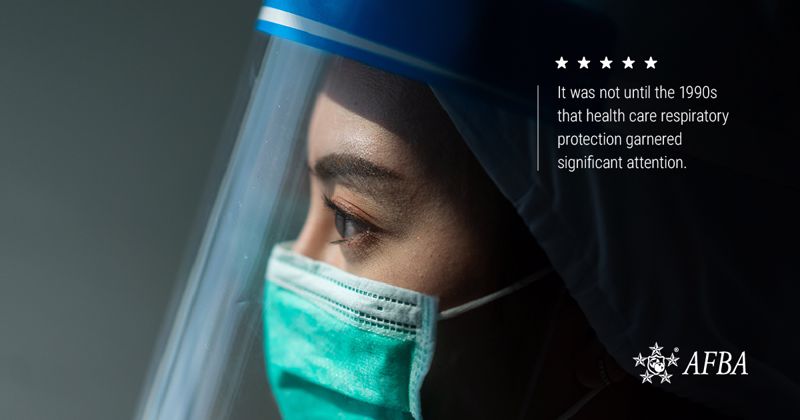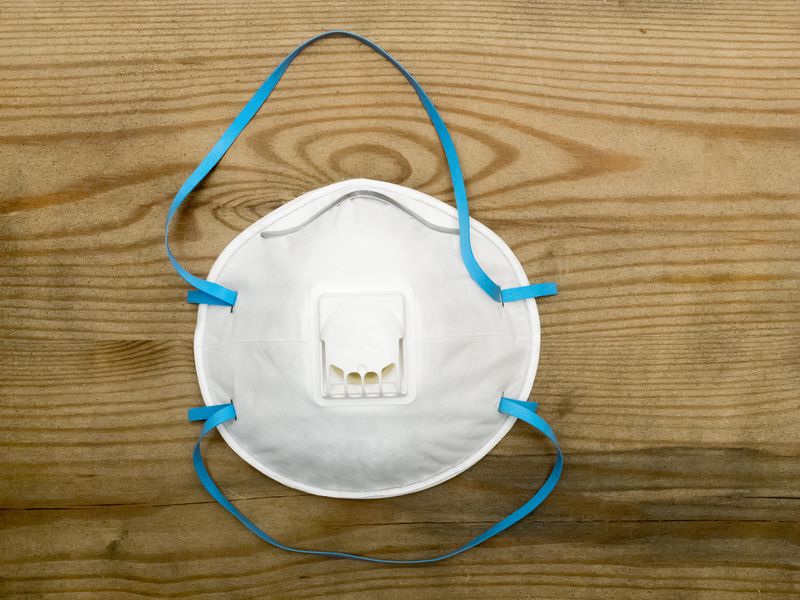As fate would have it, 2020 marked the 100th anniversary of the first certified respirator — as well as a major surge in awareness around this essential piece of protection.
While the COVID-19 pandemic has brought more attention to the value of face coverings in helping reduce disease transmission, various types of personal protective equipment (PPE) have supported health care professionals and emergency responders in the workforce for centuries.
Here is a look at the evolution of these PPE essentials and milestones that have led to advancements that keep the first responder communities safe today.
Early face coverings were intended to offer protection from toxic chemicals
The history of the face mask has its origins in the first century CE, according to the Centers for Disease Control and Prevention (CDC). The Roman philosopher Pliny the Elder relied on animal bladder skins to avoid inhaling toxic minerals like cinnabar that were popular in the decorative arts. Leonardo da Vinci suggested damp cloths for protecting the nose and mouth from similar risks.
It was clear to Bernardino Ramazzini that toxic agents were occupational hazards in need of superior protective equipment to address them. The observations in his 1700 publication, "De Morbis Artificum Diatriba" (Diseases of Workers), made Ramazzini the father of occupational medicine.
Medical discoveries led to improvements in filtration technology
Miasma theory, which incorrectly identified the source of epidemic diseases as odors from rotting organic material, led 17th-century "plague doctors" to wear beak-like masks filled with fragrant herbs. These coverings were intended for protection against the noxious "bad air" that was believed caused disease transmission. Throughout the 18th and 19th centuries, however, researchers made new discoveries about the nature of airborne particles and their impact on respiratory health. A series of particulate respirator designs relied on early filtration systems to keep the nose and mouth safe from smoke and harmful gases.
20th-century crises underscored the need for respiratory protection
As the 20th century unfolded, the population was woefully unprepared for the respiratory risks to come, on the battlefield and on the home front. Aggressive chemical warfare strategies of World War I caused nearly one-third of casualties since troops in combat were not equipped with respirators. As a result, during World War II, servicemembers and civilians were urged to carry and wear gas masks.
In response to high fatality rates among mineworkers and the 1918 influenza pandemic, the newly formed United States Bureau of Mines (USMB) launched the first respirator certification initiative in 1919. The Gibbs respirator — a "closed-circuit self-contained breathing apparatus" — became the first certified model under this program the following year, according to the CDC.
The formation of the Occupational Safety and Health Administration (OSHA) in 1970 transformed earlier respiratory protection recommendations into requirements across industrial settings.
1990s-2010s events led to further PPE research and standardization

It was not until the 1990s that health care respiratory protection garnered significant attention. A tuberculosis outbreak sparked the adoption of air-purifying respiratory equipment as a safer alternative to surgical masks. The 9/11 attacks also drew attention to other first responders' PPE needs, as firefighters suffered from ineffective respiratory protection during rescue and recovery efforts. By the time the Ebola epidemic reached the U.S. in 2014, emergency response professionals were urged to wear the N95 respirator.
Each of these crises has led to significant scientific advancements, tighter regulations and heightened awareness of the importance of PPE. Researchers continue to make new discoveries amid the COVID-19 pandemic, which will undoubtedly help protect first responders from the respiratory risks of the future.

